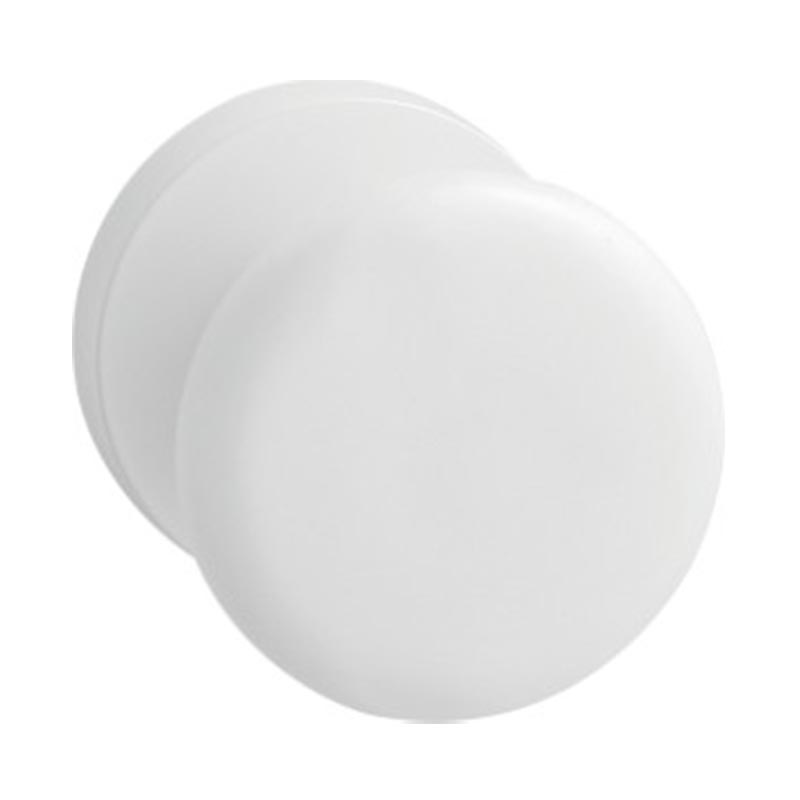Invisible Door Locks have gained popularity in both residential and commercial applications due to their sleek design and advanced functionality. Beyond aesthetics, a key consideration for users is how these locks perform compared to traditional locking mechanisms. Traditional locks, often visible and mechanical, provide basic security but may be more vulnerable to tampering, picking, or forced entry. Invisible locks integrate innovative design elements that enhance overall security and user confidence.

Concealed Design Reduces Tampering
One of the primary advantages of invisible locks is their hidden installation. Unlike traditional locks, which protrude from the door and are easily accessible to potential intruders, invisible locks are embedded within the door structure. This concealed positioning makes it difficult for unauthorized individuals to identify, manipulate, or tamper with the lock. The hidden mechanism reduces exposure to conventional break-in methods, such as prying or drilling, offering a higher level of protection against opportunistic theft.
Reinforced Internal Mechanisms
Invisible locks are designed with reinforced internal components, often using hardened steel or high-strength alloys. Traditional locks may rely solely on standard pins and latches, which can be vulnerable to forceful attacks. The robust construction of invisible locks distributes mechanical stress more effectively, resisting attempts to break or deform the lock. This reinforcement provides good durability and ensures consistent security performance even under high-impact conditions.
Advanced Electronic Features
Many invisible locks incorporate electronic security features that further distinguish them from traditional mechanical locks. Biometric authentication, encrypted keypads, and smartphone-controlled access systems offer multiple layers of security. These electronic systems reduce the risk of lock picking and unauthorized duplication of keys, common vulnerabilities in traditional locks. Additionally, advanced invisible locks can log entry attempts and alert users to suspicious activity, providing proactive security measures not typically available in conventional locking systems.
Customizable Security Settings
Invisible Door Locks often offer adjustable features that enhance their protective capabilities. Users can control locking speed, delay, or authentication requirements to match specific security needs. Traditional locks, in contrast, provide limited adjustability and rely mainly on physical strength. The ability to customize security settings allows invisible locks to be tailored for different door types, environmental conditions, and usage patterns, optimizing safety and convenience simultaneously.
Enhanced Protection Against Environmental Factors
Invisible locks are generally better protected against environmental factors such as moisture, dust, and corrosion. Because the mechanism is enclosed within the door, it is less exposed to wear and tear caused by external conditions. Traditional locks, with exposed keyholes and latches, may degrade more quickly over time, potentially compromising security. This increased resilience makes invisible locks particularly suitable for high-traffic or challenging environments.
Invisible Door Locks provide several significant security advantages over traditional locks. Their concealed design reduces tampering risks, reinforced internal mechanisms enhance durability, and advanced electronic features offer multi-layered protection. Adjustable settings and environmental resistance further contribute to their good performance. While traditional locks remain widely used, the combination of mechanical strength, discretion, and modern technology makes invisible locks an effective solution for users seeking enhanced safety and reliability. Choosing high-quality invisible locks and ensuring proper installation improves these advantages and ensures long-term security for both residential and commercial applications.